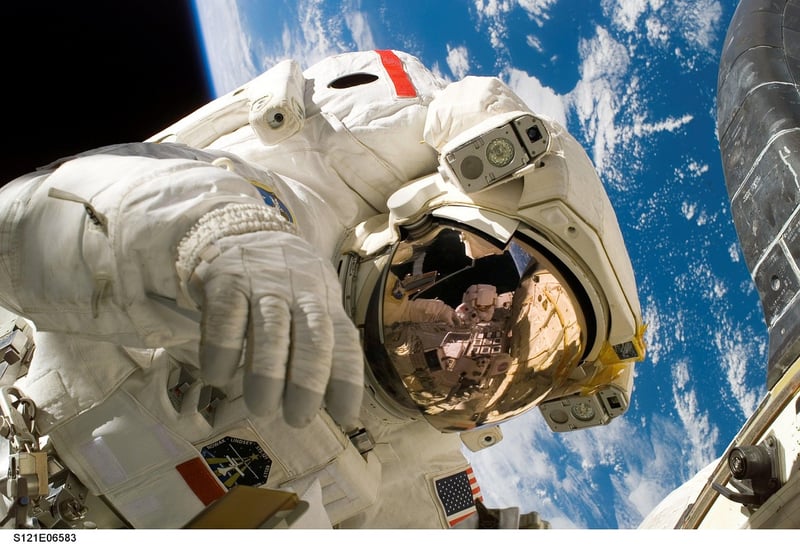Space Exploration
The Fascinating Connection Between Unique Time Zones and Space Exploration
Time zones have always been a crucial aspect of our daily lives, helping us organize our activities and synchronize with people around the world. However, did you know that time zones play a significant role in space exploration as well? Let's delve into the intriguing connection between unique time zones and our exploration of outer space.
Time Zones on Earth
On Earth, time zones are delineated based on longitudinal lines, with each zone roughly covering 15 degrees of longitude. This division helps in regulating time across different regions, ensuring that noon roughly corresponds to when the sun is at its highest point in the sky.
Space Exploration and Mission Control
When it comes to space exploration, especially manned missions, coordinating activities across different time zones becomes crucial. Mission control centers, such as NASA's Johnson Space Center in Houston, Texas, operate on Central Standard Time (CST). This standardization allows for seamless communication and synchronization of operations.
International Space Station (ISS)
On the International Space Station (ISS), astronauts experience a unique phenomenon due to their orbital path around Earth. As they circumnavigate the globe approximately every 90 minutes, they witness multiple sunrises and sunsets in a single day. To simplify operations, the ISS follows Coordinated Universal Time (UTC), which serves as a reference point for all activities on the station.
Challenges and Adaptations
Despite the standardization efforts, challenges still arise in coordinating activities across different time zones in space missions. Astronauts and ground control teams must adapt to unconventional schedules and work patterns to ensure efficient operations and communication.
Conclusion
In conclusion, the relationship between unique time zones and space exploration showcases the complexity and precision required in venturing beyond our planet. By understanding and adapting to these challenges, scientists and astronauts continue to push the boundaries of human exploration in space.

Image source: Pixabay
